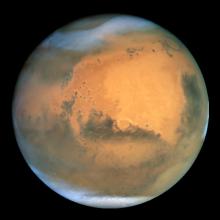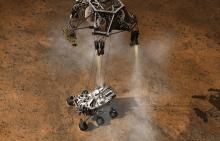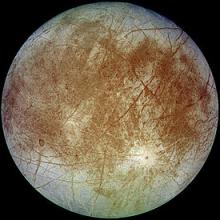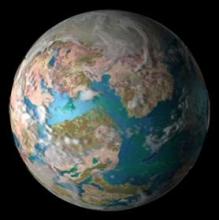Earth-Like Planet Discovered
Astronomers have spent a lifetime chasing the holy grail according to Michio Kaku, the author of the New York Times best-selling book Physics of the Future. On December 5, 2011, the Kepler space mission discovered an extrasolar planet that has been referred to as Earth’s twin in the media. This planet is also in the Goldilocks zone as it orbits its host star.









